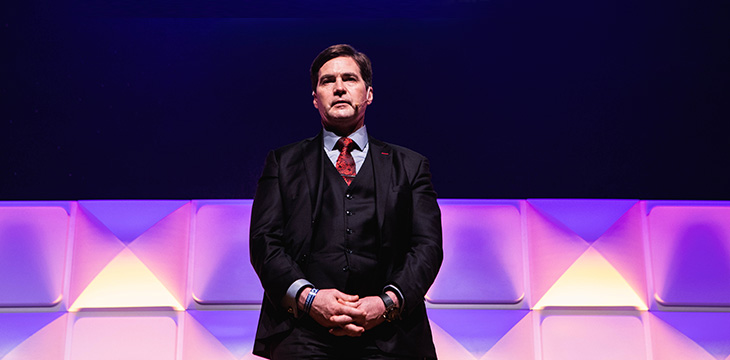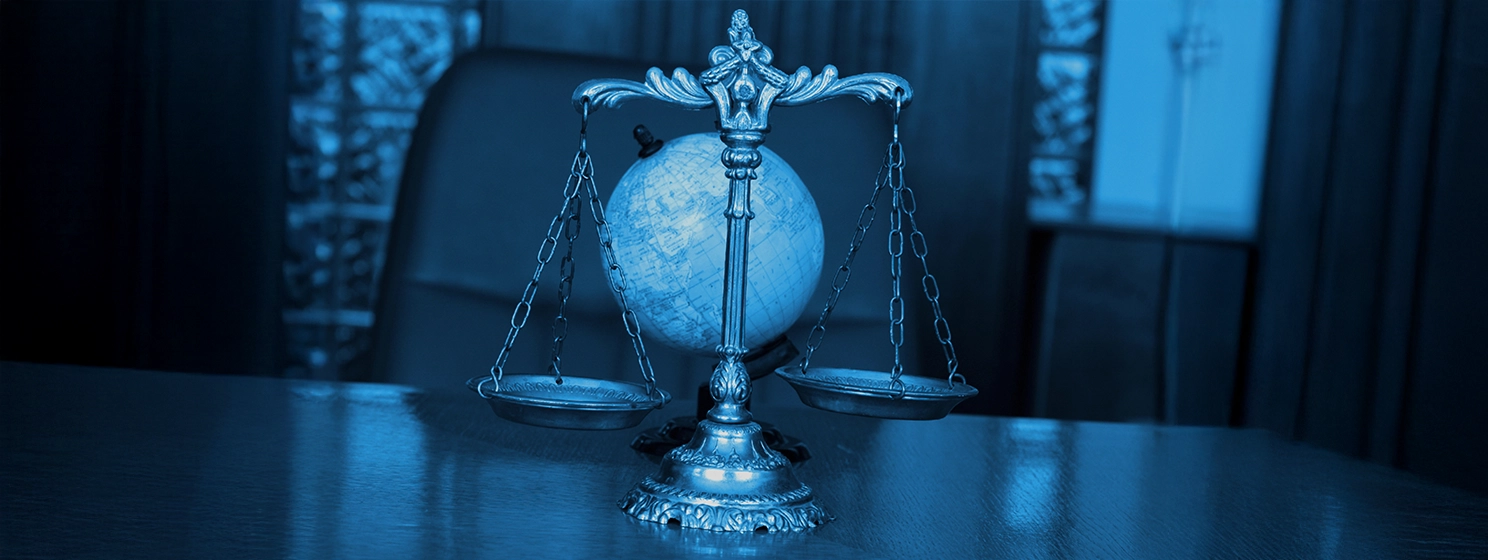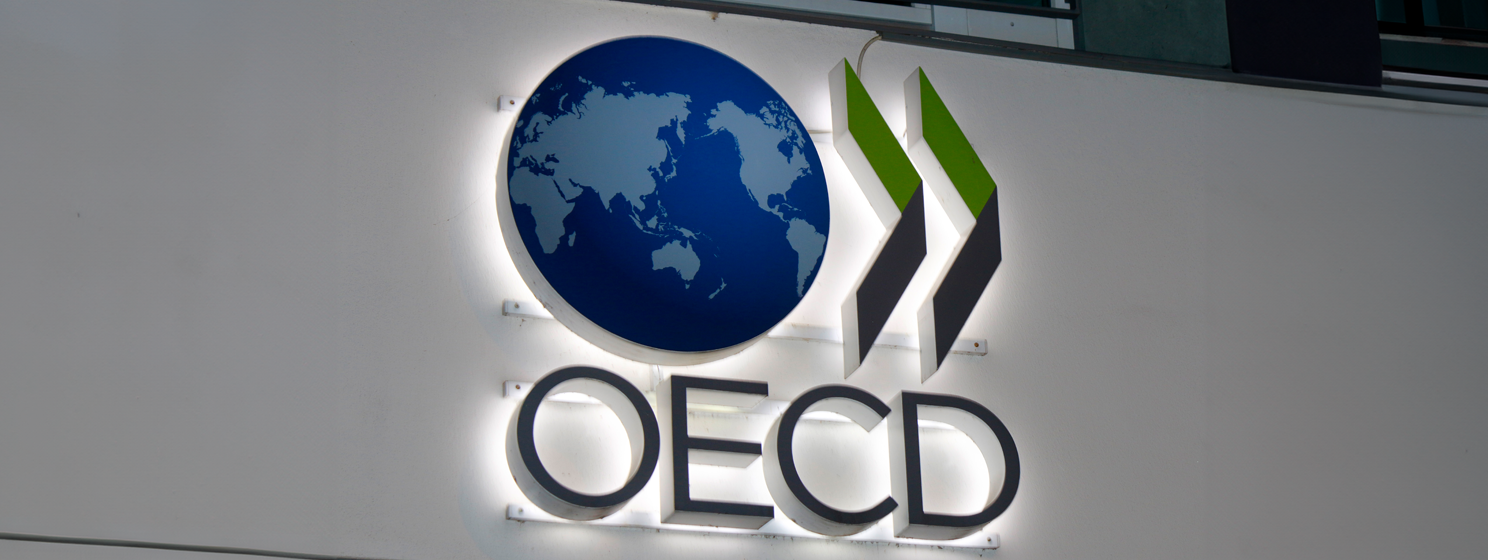|
Getting your Trinity Audio player ready...
|
Dr. Craig S. Wright, the chief scientist for nChain, was in U.S. federal court in West Palm Beach, Florida, where he’s involved in a lawsuit stemming from the time he worked with Dave Kleiman on what would ultimately become Bitcoin. The lawsuit was filed by Ira Kleiman on behalf of the estate of Dave Kleiman. As Friday’s activities began, the morning deposition was closed to the public, but the court opened its doors in the afternoon for an evidentiary hearing about a discovery dispute about Ira Kleiman’s request that Wright provide a list of “public addresses” for Bitcoin that Wright held as of December 31, 2013.
Wright was more than willing to take the stand in an effort to answer many questions that have stuck with the entire Bitcoin ecosystem over the years. There really was no confusion in the industry on Wright being Satoshi; however, those protesting that he’s not, including groups involved in scams of some sort, were only doing so to confuse mainstream media, governments and the industry as a whole.
It was a historic day for Bitcoin. On Friday, Wright asserted, under oath, that he was Satoshi Nakamoto. This didn’t receive any objection from Kleiman’s attorneys, nor were there any objections when Wright acknowledged that he wrote the Bitcoin whitepaper. In fact, in his later cross-examination of Wright, Kleiman’s attorney referred to Wright as inventor of Bitcoin.
In a very emotional part of the testimony, Wright explained that he kept his Satoshi Nakamoto identity under wraps for several reasons, not the least of which was how Bitcoin quickly became used for darknet marketplaces such as Silk Road and Hydra, which enabled selling of addictive hard drugs, child pornography, and other serious illegal activities. This, he asserted, made him ashamed of what he had created, as it wasn’t the reason for which Bitcoin had been intended (it was intended to create an honest money system). He was distraught over this and felt his work had failed, and this also led him to stop being a pastor and attending church. Wright added that he was willing to accept the chance he could never access the Bitcoin he had mined from 2009 to 2010 because spending them would have verified his identity as Satoshi, and also because (at the time) he wanted to disassociate himself from Bitcoin. He went so far as to say that he wanted to destroy the drive that would have allowed him to access the Bitcoin he mined (for his company) between January 2009 and August 2010, but it was Dave Kleiman who convinced him not to do so.
On the stand, Wright continued that the original Bitcoin did not use the concept of public addresses as people perceive them today; instead, it relied on public-private pairs, with the private keys needed to spend the coins. Today, people incorrectly perceive a public address similar to a bank account number, where coin holders accumulate Bitcoin and then spend from that address. The original Bitcoin system created by Wright was never meant to incorporate a system of reusable public addresses where people can see how much Bitcoin is accumulating in a single public address that is re-used; instead, a new key pair (and thus a new address) was intended to be created for every transaction in order to provide users a new privacy model. Wright testified that this is explained in the Bitcoin white paper (section 10, Privacy).
After Wright withdrew from the Bitcoin project, the public address on the Bitcoin ledger became incorrectly misunderstood and then misused by developers in what would become known as the Bitcoin Core (BTC) project. Thus, at the time Wright was mining Bitcoin for his company in 2009 and 2010 and under Wright’s original Bitcoin design, there was no need to keep the public addresses as people understand them now; instead, at the time, the seed or private keys were all that would be needed or stored.
Wright was requested to provide the public Bitcoin addresses that reportedly hold a significant amount of assets—possibly reaching into the billions of dollars. He testified in court that he’s more than willing to turn over the information if he could, but that the information necessary to generate the list of public addresses is locked in an encrypted file, with multiple keys protecting different layers of the file. At earliest, the first layers of the encrypted file cannot be opened until at least January 2020. Wright explained that the encrypted file contains the relevant seed and his proprietary algorithm that can generate the private keys for Bitcoin mined by his company in 2009 and 2010, which would allow him to generate the associated public keys and public addresses that most crypto fans are used to seeing today.
If he’s able to gain access to the private keys and, subsequently, the Bitcoin controlled by such private keys, Wright does not himself want it. The beneficiaries of the trust are his family members (wife and children). He said under oath that he and his wife have agreed to donate the vast majority of the money to charity, including to a program to provide education to the poorest 1 billion people in the world, as part of his efforts to remedy the wrongs committed by darknet marketplaces that misused the Bitcoin system he invented.
Kleiman’s lawyer cross-examined Wright at length, focusing on supposed inconsistencies in documents related to the legal trusts formed by Wright to protect assets. Wright explained a number of times that his company servers had been hacked or compromised by former staff who sought to force his Australian companies into liquidation.
Wright concluded his testimony yesterday, but there is still a lot left to cover in the case. The evidentiary hearing on the discovery issue is expected to resume again, but not until August. This is only to decide a limited issue in the case (whether Wright can or cannot provide the list of public addresses requested by Kleiman). The full issues in the case will not be decided until other proceedings, and ultimately trial in March 2020.
Editor’s note: This article has been updated for clarity.

 12-15-2025
12-15-2025 





